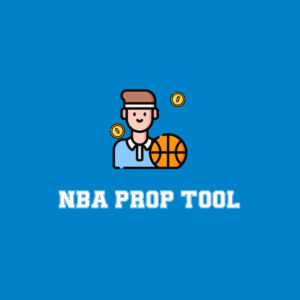
With the 2025 NFL draft rapidly approaching, we have to ask a question. Is the age of the veteran team over? The Philadelphia Eagles would certainly like you to believe it is.
Since 2006, we’ve been tracking snap-weighted age (SWA), calculating a team’s age not by just averaging the ages of the players on the roster, but by weighting the age of each player by the number of snaps he played in the regular season. With nearly 20 years of data, we have a pretty good idea of how rosters have traditionally been built, and what has worked. And we know that those rules appear to be changing.
Historically, there has been a positive correlation between SWA and total DVOA – older teams tend to perform better. From 2017-2021, there was a 0.26 correlation between the two, which isn’t insignificant. It also makes some logical sense. Older teams are filled with players on their second and third contracts, and if you’re good enough to earn a new contract, you’re pretty good at football. Rookies come in and bust, while veterans have at least a track record behind them. In addition, rebuilding teams are usually filled with rookies as they try to reshape their roster, while contending teams will splurge on free agents to try to push themselves over the hump. There certainly can be bad, creaky old teams and golden draft classes that turn a team’s fortunes around in a heartbeat, but the general trend should remain true.
And yet, we’ve now had a negative correlation in two of the last three years – it’s the younger teams that are outperforming the old guard. When 2022 saw a negative correlation of -0.15, we dismissed it as something of a fluke – you can get weird results in one-season sample sizes, and we saw normalcy return in 2023 with a +0.23 correlation, basically in line with the historical average. Well, we’ve flip-flopped again in 2024. There was a -0.18 correlation between total SWA and total DVOA last season. Most of that comes from the defensive side – the correlation on offense was basically non-existent at +.05, but the defensive correlation shot up to +0.17 – and remember, since negative DVOA is good on defense, that means the younger teams were the better teams last season.
The Super Bowl champion Philadelphia Eagles had the third-youngest team, both overall and on defense. The AFC champion Kansas City Chiefs had the fifth-youngest defense. The Green Bay Packers, Detroit Lions, Los Angeles Rams and Houston Texans were also in the youngest defensive quartile and made the postseason. Howie Roseman may have, in his own words, an “unhealthy” obsession with defensive linemen when it comes to the draft, but it’s hard to knock results.
Let’s take a look at the full numbers before diving in.
2024 Snap-Weighted Age by Unit
The following table shows SWA for the overall team (TOT), along with the unit breakdown for offense, defense, and special teams. Units are ranked from oldest to youngest.
| Team | TOT SWA |
Rk | OFF SWA |
Rk | DEF SWA |
Rk | ST SWA |
Rk |
| MIA | 27.8 | 1 | 27.1 | 10 | 28.5 | 1 | 27.9 | 1 |
| MIN | 27.7 | 2 | 27.2 | 7 | 28.3 | 2 | 27.4 | 3 |
| CLE | 27.4 | 3 | 27.8 | 3 | 27.1 | 7 | 27.4 | 5 |
| ATL | 27.4 | 4 | 27.1 | 9 | 27.9 | 3 | 27 | 7 |
| SF | 27.3 | 5 | 28 | 1 | 26.7 | 14 | 26.8 | 8 |
| WAS | 27.2 | 6 | 27.3 | 5 | 26.9 | 9 | 27.4 | 4 |
| NYJ | 27.1 | 7 | 27.8 | 2 | 26.8 | 11 | 26.4 | 14 |
| NO | 27.1 | 8 | 26.7 | 12 | 27.7 | 4 | 26.1 | 20 |
| CAR | 26.9 | 9 | 26.4 | 20 | 27.4 | 6 | 26.8 | 9 |
| PIT | 26.9 | 10 | 26.2 | 26 | 27.4 | 5 | 27.2 | 6 |
| DET | 26.7 | 11 | 27.7 | 4 | 25.6 | 29 | 26.6 | 11 |
| BUF | 26.6 | 12 | 26.6 | 15 | 26.7 | 13 | 26.2 | 17 |
| DAL | 26.6 | 13 | 26.1 | 27 | 27 | 8 | 26.6 | 10 |
| CIN | 26.5 | 14 | 26.7 | 11 | 26.6 | 16 | 25.6 | 27 |
| CHI | 26.5 | 15 | 26.3 | 22 | 26.6 | 15 | 26.5 | 12 |
| IND | 26.5 | 16 | 26.5 | 16 | 26.4 | 20 | 26.4 | 13 |
| Team | TOT SWA |
Rk | OFF SWA |
Rk | DEF SWA |
Rk | ST SWA |
Rk |
| HOU | 26.4 | 17 | 26.5 | 19 | 25.9 | 26 | 27.6 | 2 |
| SEA | 26.4 | 18 | 26.7 | 13 | 26.4 | 21 | 25.8 | 23 |
| DEN | 26.4 | 19 | 26.7 | 14 | 26.1 | 23 | 26.4 | 15 |
| NE | 26.4 | 20 | 25.9 | 28 | 26.9 | 10 | 26.1 | 19 |
| KC | 26.3 | 21 | 27.3 | 6 | 25.7 | 28 | 25.4 | 30 |
| BAL | 26.3 | 22 | 26.3 | 24 | 26.5 | 17 | 25.8 | 24 |
| TEN | 26.2 | 23 | 26.2 | 25 | 26.2 | 22 | 26.2 | 18 |
| LAR | 26.2 | 24 | 27.2 | 8 | 25.8 | 27 | 24.8 | 32 |
| LAC | 26.1 | 25 | 25.6 | 30 | 26.7 | 12 | 25.9 | 22 |
| ARI | 26.1 | 26 | 26.3 | 23 | 26 | 24 | 25.9 | 21 |
| JAX | 26.1 | 27 | 26.4 | 21 | 25.9 | 25 | 25.7 | 25 |
| NYG | 26 | 28 | 26.5 | 18 | 25.2 | 32 | 26.4 | 16 |
| TB | 26 | 29 | 25.6 | 29 | 26.4 | 19 | 25.6 | 26 |
| PHI | 25.9 | 30 | 26.5 | 17 | 25.6 | 30 | 25.2 | 31 |
| LV | 25.9 | 31 | 25.4 | 31 | 26.5 | 18 | 25.5 | 28 |
| GB | 25.3 | 32 | 25 | 32 | 25.5 | 31 | 25.4 | 29 |
It’s great to be young and good at the same time, and that’s the situation the Eagles find themselves in as they get set to defend their title. The 2024 Eagles had just two regular starters over the age of 30 – Darius Slay, who was released a month ago, and Lane Johnson Instead, years of great drafts provided the backbone for the roster, with nine regular starters coming in the last four drafts.
And we’re not just talking spot-fillers here. We’re talking the pair of rookie corners in Quinyon Mitchell and Cooper DeJean who turned around Philadelphia’s secondary overnight. We’re talking about repeated first-round investment on the defensive line, with Jalen Carter blossoming into one of the premier interior pass rushers in the league and being flanked by the likes of 2022 first-round pick Jordan Davis and (now departed) 2021 third-round pick Milton Williams We’re talking All-Pro guard Landon Dickerson and Devonta Smith, both of whom were still on their rookie deals last year. When you’re hitting in the draft like that, you can afford to pay a running back roughly ten bajillion dollars a year.
It wasn’t just the Eagles, either. Nine of the 14 playoff teams had a below-average SWA, with the Vikings (27.7) and Commanders (27.2) being the only teams to play into January with an average age over 27. Older offenses did just fine, with the Lions, Chiefs and Rams all joining Minnesota and Washington over 27, but playoff defenses were almost entirely the young set. Six of the seven youngest defenses in the league were in the playoffs, a rate we’ve never seen before.
So, throw out the quarterbacks, make sure Travis Hunter plays cornerback, and get those Abdul Carter and Mason Graham pieces ready to go, right? Get yourself a young defense and glory is sure to follow?
Well, not quite. Even though we’ve now seen negative correlation in two of the last three years, I still suspect that we’re in a bit of a fluky stretch rather than something fundamental that has changed about roster construction in general. It is interesting that teams like the Eagles, Chiefs and Rams have focused so heavily on defensive drafts over the past few seasons and have also had significant success, but I think it’s more a coincidence that those were positions of need for good franchises rather than hitting those positions caused them to be successful, as it were.
Don’t get me wrong, there’s plenty that other teams should copy from the Eagles front office. Most related to SWA, they do a fantastic job of knowing which veterans to extend and lock into their future salary cap plans and which to let walk away. A lot of teams would have tried to keep a team captain like Darius Slay coming off of a Super Bowl victory, but Roseman and company have been very disciplined in their roster construction. Their strategy of repeatedly drafting players along the offensive and defensive lines, perceived need or not, has also paid dividends, with Philly boasting arguably the best line on both sides of the ball in 2024.
But as to their young defense being great, that’s mostly because their draft picks have hit, and “draft good players” is a goal, not a strategy. The Eagles have had a good plan, but also been fortunate in just how well it has worked out for them. I suspect that in a couple years, with recent successful defensive draft classes aging up, we’ll see a return to normalcy in the numbers. This feels more like a blip than something that’s actually changed. That being said, two out of three years of negative correlation is interesting. We’ll keep an eye on it and continue to track these trends going forward.
Superlatives and Shifts
The Packers repeat as the youngest team in football, going from 25.4 in 2023 to 25.3 last season, as their youth movement has continued. A repeat at the bottom of the table isn’t that unusual. The Rams were the youngest in back-to-back seasons in 2015-16, the Jaguars were youngest in 2019-20, and the Lions did it in 2021-2022. A major overhaul like the Packers underwent before 2023 often lingers for several years, as it’s not like your rookie classes age more than one year at a time, after all! The Packers had the youngest offense we’d ever tracked last season, and they’re not that much older now. Being good and young remains the best thing you can do in football, so the future continues to look bright for Green Bay – at least until all these rookie deals expire, but that’s a problem for the future Packers to resolve.
The oldest team in the league was the Miami Dolphins, thanks in large part to a comparatively ancient defense. The last time we saw a defense older than Miami’s 28.5 was the 2018 Panthers (28.9), and the last one to stay that old for multiple years in a row was the 2007-2012 Steelers, a full CBA ago. The Dolphins duo of 30-year-old Jalen Ramsey and 33-year-old Jordan Poyer was a major factor here, with both clocking over 1,000 snaps for the Dolphins, but Calais Cambell (38) and Emmanuel Ogbah (31) did more than their fair share as well. It’s also the result of years of small draft classes, with the Dolphins making just four picks in both 2022 and 2023. The only Dolphins defensive draft pick to play more than 100 defensive snaps last season was Chop Robinson – some youth is rather desperately needed.
But when we’re talking old teams due to a lack of draft picks needing youth rather desperately, let’s turn to the San Francisco 49ers, who boasted the oldest offense in football (28.0) despite having a quarterback on a rookie deal. It’s not unusual to see older offenses, but that’s usually because you have an aging veteran quarterback eating up a ton of snaps. The last offense to pass the 28-year-old barrier was the 2022 Buccaneers, which had 45-year-old Tom Brady weighing down the numbers. The last time we saw an offense as old as last year’s 49ers with a quarterback still on his rookie deal was the 2013 Panthers, where a 24-year-old Cam Newton was surrounded by a cast of 30-something contributors like Steve Smith, DeAngelo Williams and Jordan Gross. The 49ers find themselves here because of the fallout from the Trey Lance and Christian McCaffrey trades. Years of draft picks that should be in their prime now are simply not there. This is why we’ve seen some of the bloodletting from them this offseason. They have to get younger and cheaper.
Not that being younger and cheaper always works. Six of the seven youngest defenses made the playoffs this year, but the absolute youngest belonged to the New York Giants who, uh, didn’t. Sometimes, you trot out a bunch of young players because you have hit in the draft and are building a defense for the future. Other times, you’re running out Jason Pinnock and Deonte Banks in the name of taking your lumps.
The biggest change from 2023 to 2024 belongs to the Minnesota Vikings, who went from 26.5 to 27.7, boasting the second-oldest defense in football and the seventh-oldest offense. The bulk of that comes from replacing the mid-20s Alexander Mattison and Ty Chandler with the 30-year-old Aaron Jones, but their defensive back SWA also jumped by nearly three years thanks to the addition of Stephon Gilmore The biggest youth movement belonged to the Las Vegas Raiders, dropping from 26.8 to 25.9 and shedding two full years on offense. The losses of Davante Adams and Greg Van Roten were two biggest factors, but not messing around with the likes of Jimmy Garoppolo or Austin Hooper didn’t hurt, either.
2024 Snap Weighted Age: By Position
Not all teams are old in the same ways. Because offensive SWA is so affected by the offensive line, and defensive SWA tends to give teams with young secondaries an advantage, it can be useful to see where teams are young or old in particular. The following table lists every team’s SWA in each positional group. Note that special teams only includes specialists, not other players on special teams.

Congratulations to the Packers for managing to be younger than average at literally every positional group we track, even if they barely managed to squeak under the low bar at running back with the ancient, decrepit, uh, 26-year-old Josh Jacobs leading the way. The Packers will likely appear very near the bottom of this list when we do things again next year. They’re just young clear across the board.
No one managed the reverse, but the Browns came closest, only coming in below average at wide receiver and linebacker, and even then by less than a year both times. Cleveland was especially old along the line of scrimmage, with the second-oldest offensive line and the fifth-oldest defensive line. The Browns, sitting in that rare confluence of being old and also berift of talent, really need to have a great draft this month.
The weirdest profile belongs to the Jets, which seems appropriate. Historically, teams with old quarterbacks have tended to be old everywhere else, too, as you surround your aging star with other veterans in an attempt to make a Super Bowl push. You got some of that in New York, with the midseason addition of Davante Adams, but you also have the youngest running back room in the league and a very young front seven. It’s safe to say the Jets’ roster building didn’t exactly go to plan last season – see Hasson Reddick’s holdout for exhibit A – but it’s been a while since it’s been clear what exactly New York has planned going forward. Fortunately, with the signing of Justin Fields as QB1 going forward, all of New York’s problems have been solved.








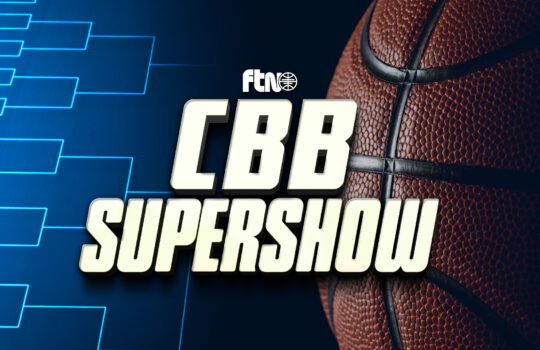













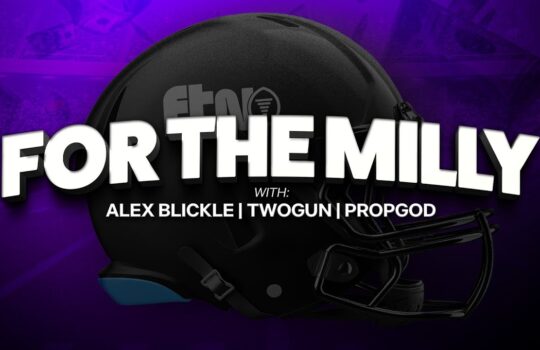






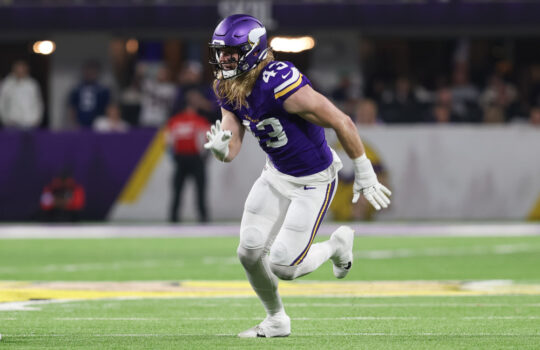



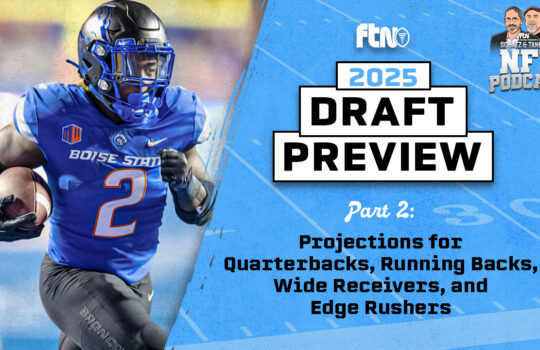

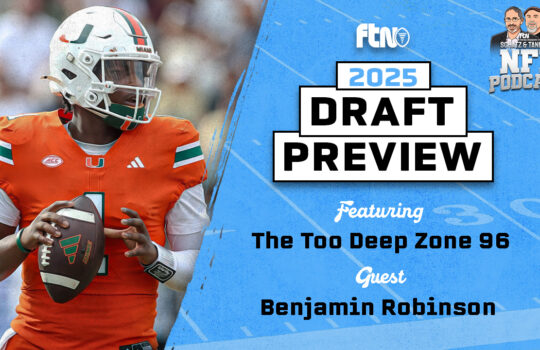
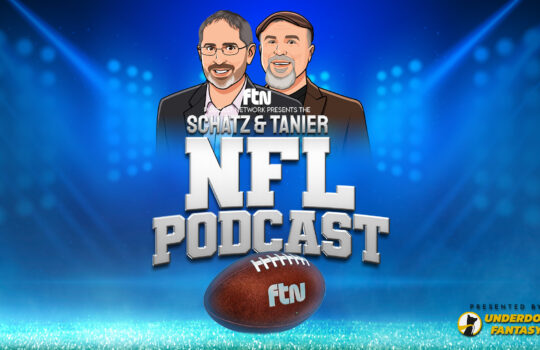








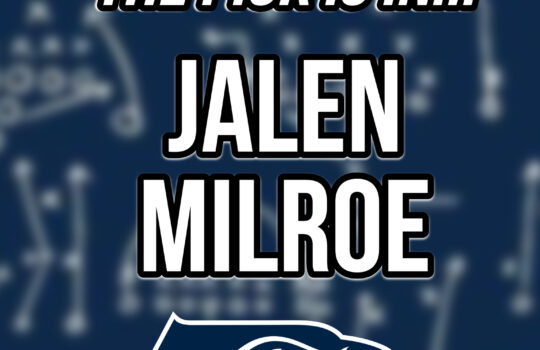

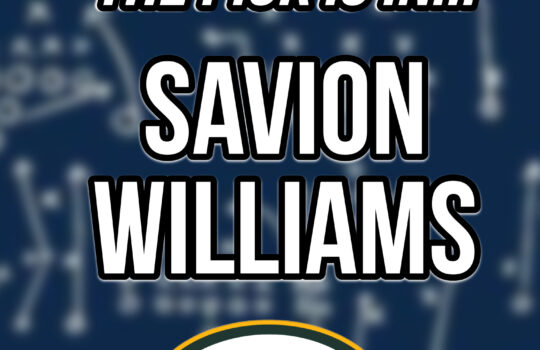
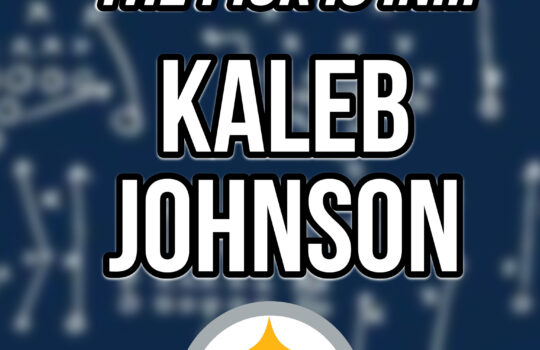

 New York Jets
New York Jets  New England Patriots
New England Patriots 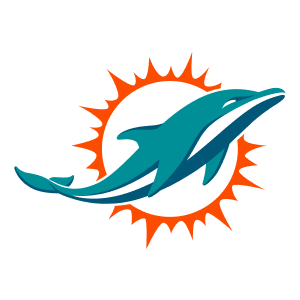 Miami Dolphins
Miami Dolphins  Buffalo Bills
Buffalo Bills  Pittsburgh Steelers
Pittsburgh Steelers  Cleveland Browns
Cleveland Browns  Cincinnati Bengals
Cincinnati Bengals 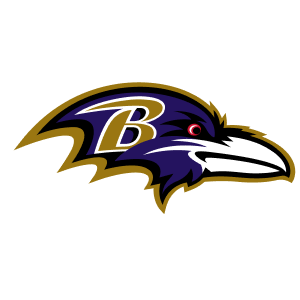 Baltimore Ravens
Baltimore Ravens 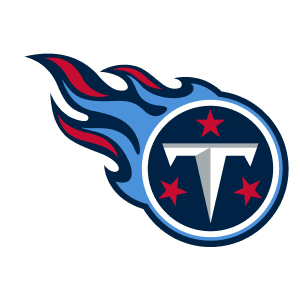 Tennessee Titans
Tennessee Titans  Jacksonville Jaguars
Jacksonville Jaguars  Indianapolis Colts
Indianapolis Colts  Houston Texans
Houston Texans  Las Vegas Raiders
Las Vegas Raiders 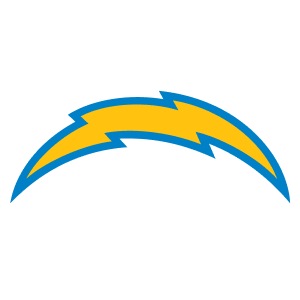 Los Angeles Chargers
Los Angeles Chargers  Kansas City Chiefs
Kansas City Chiefs 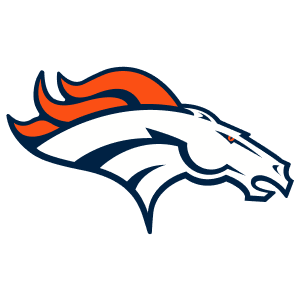 Denver Broncos
Denver Broncos  Washington Commanders
Washington Commanders  Philadelphia Eagles
Philadelphia Eagles 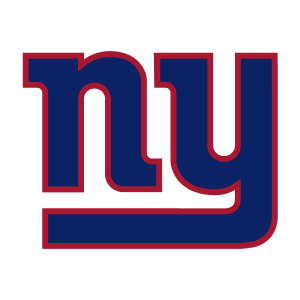 New York Giants
New York Giants  Dallas Cowboys
Dallas Cowboys  Minnesota Vikings
Minnesota Vikings 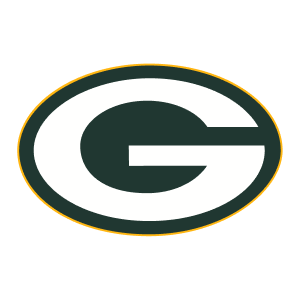 Green Bay Packers
Green Bay Packers 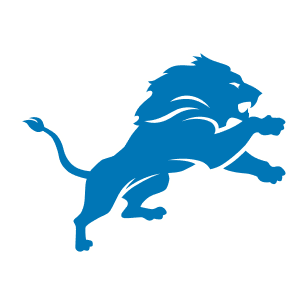 Detroit Lions
Detroit Lions 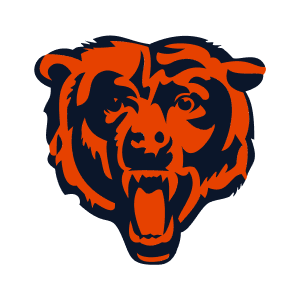 Chicago Bears
Chicago Bears 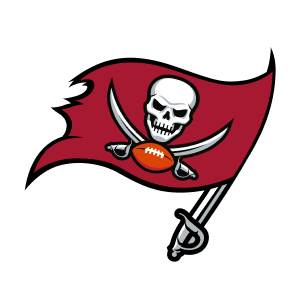 Tampa Bay Buccaneers
Tampa Bay Buccaneers  New Orleans Saints
New Orleans Saints 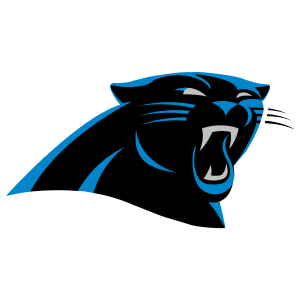 Carolina Panthers
Carolina Panthers 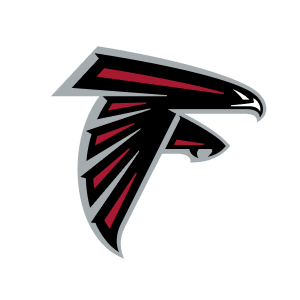 Atlanta Falcons
Atlanta Falcons  San Francisco 49ers
San Francisco 49ers 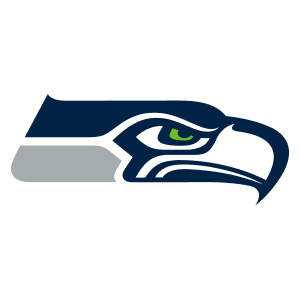 Seattle Seahawks
Seattle Seahawks  Los Angeles Rams
Los Angeles Rams 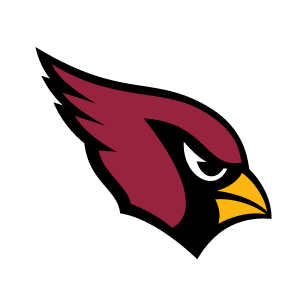 Arizona Cardinals
Arizona Cardinals 
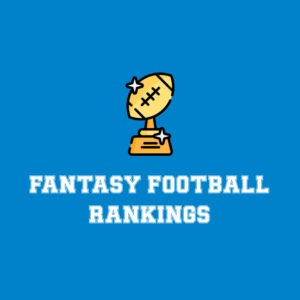
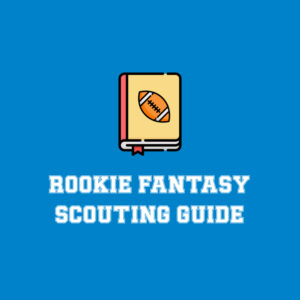
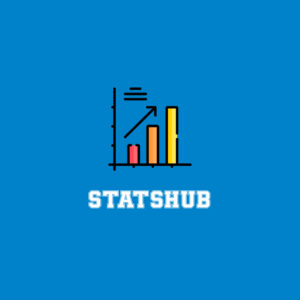





 Boston Celtics
Boston Celtics  Brooklyn Nets
Brooklyn Nets 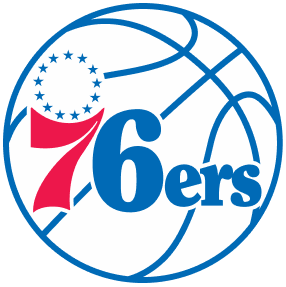 Philadelphia 76ers
Philadelphia 76ers  New York Knicks
New York Knicks  Toronto Raptors
Toronto Raptors  Chicago Bulls
Chicago Bulls  Detroit Pistons
Detroit Pistons  Milwaukee Bucks
Milwaukee Bucks  Cleveland Cavaliers
Cleveland Cavaliers  Indiana Pacers
Indiana Pacers  Orlando Magic
Orlando Magic 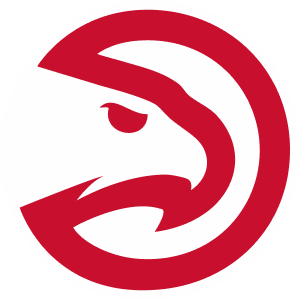 Atlanta Hawks
Atlanta Hawks  Charlotte Hornets
Charlotte Hornets  Miami Heat
Miami Heat  Washington Wizards
Washington Wizards  Denver Nuggets
Denver Nuggets 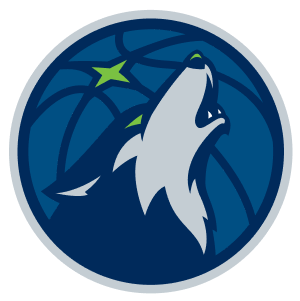 Minnesota Timberwolves
Minnesota Timberwolves  Oklahoma City Thunder
Oklahoma City Thunder  Portland Trail Blazers
Portland Trail Blazers  Utah Jazz
Utah Jazz  LA Clippers
LA Clippers  Golden State Warriors
Golden State Warriors  Los Angeles Lakers
Los Angeles Lakers  Phoenix Suns
Phoenix Suns  Sacramento Kings
Sacramento Kings  Dallas Mavericks
Dallas Mavericks  Houston Rockets
Houston Rockets  Memphis Grizzlies
Memphis Grizzlies  New Orleans Pelicans
New Orleans Pelicans  San Antonio Spurs
San Antonio Spurs 


